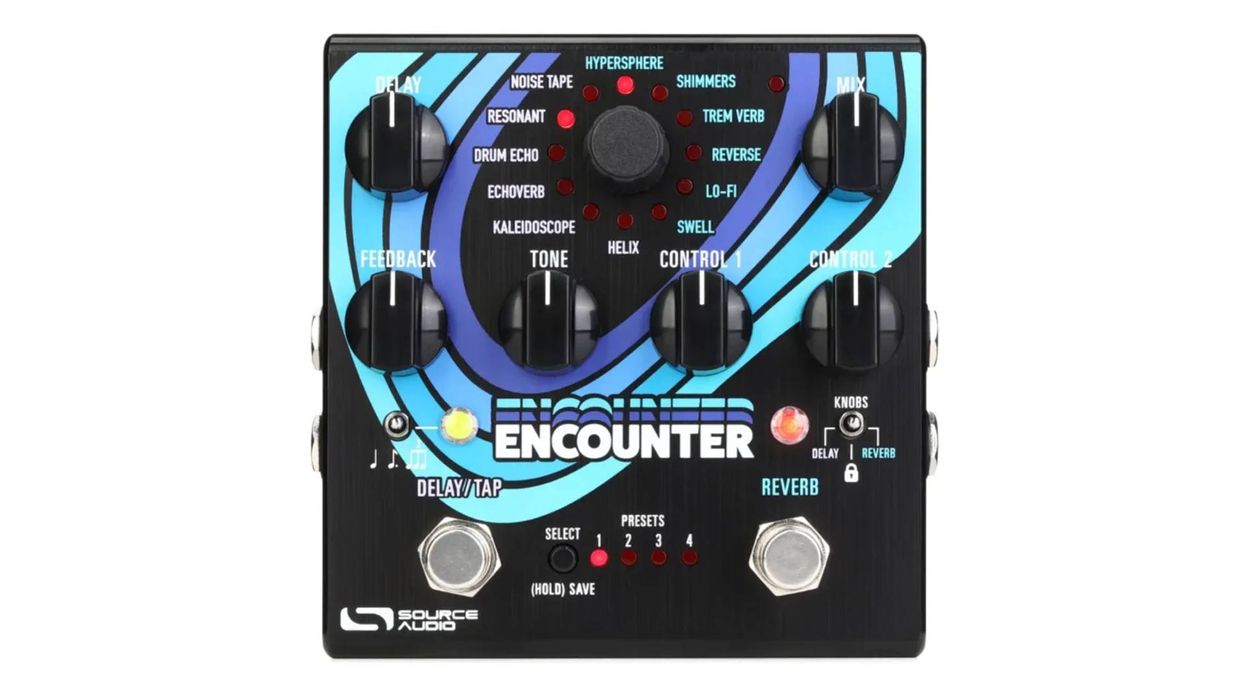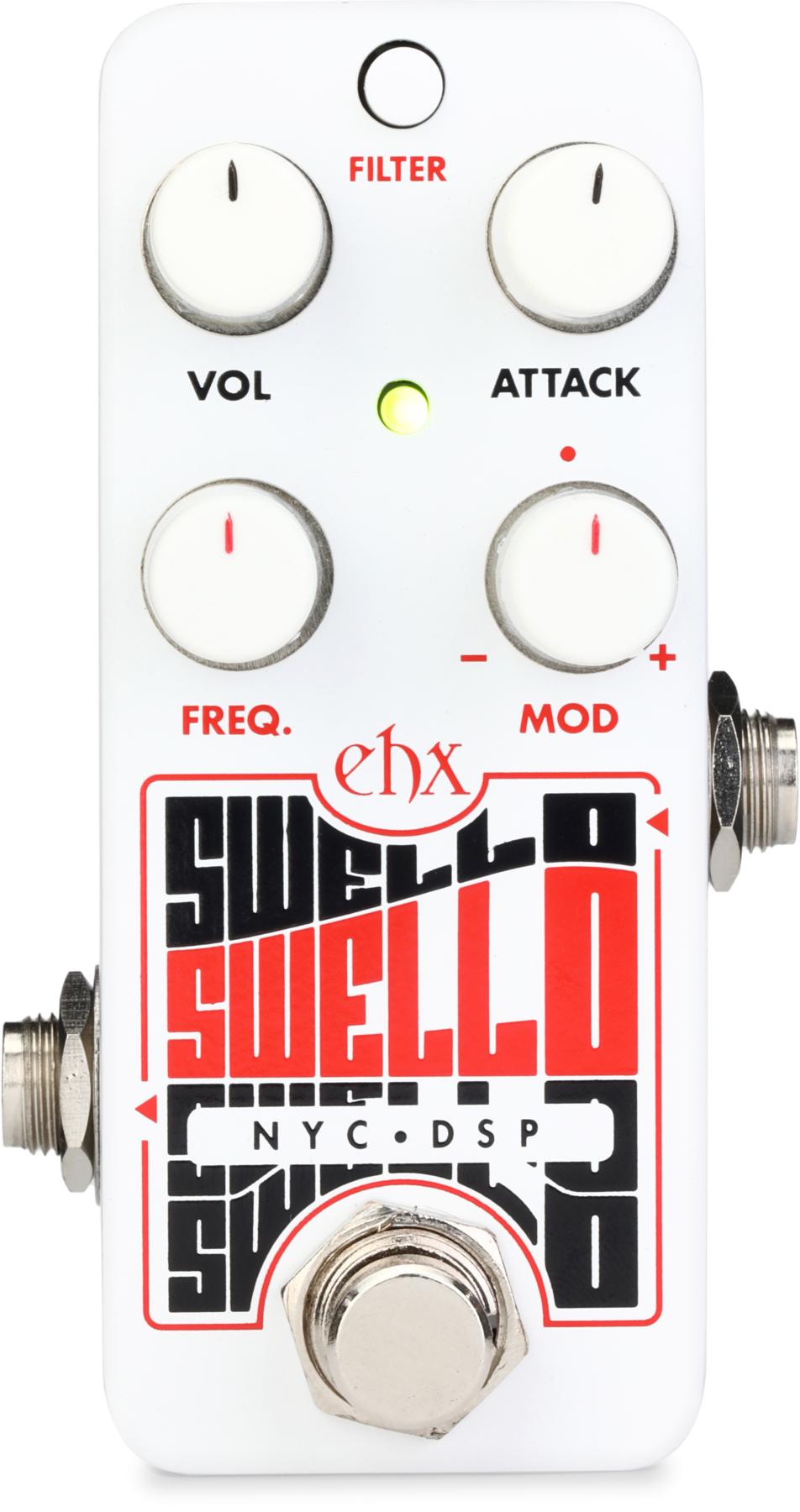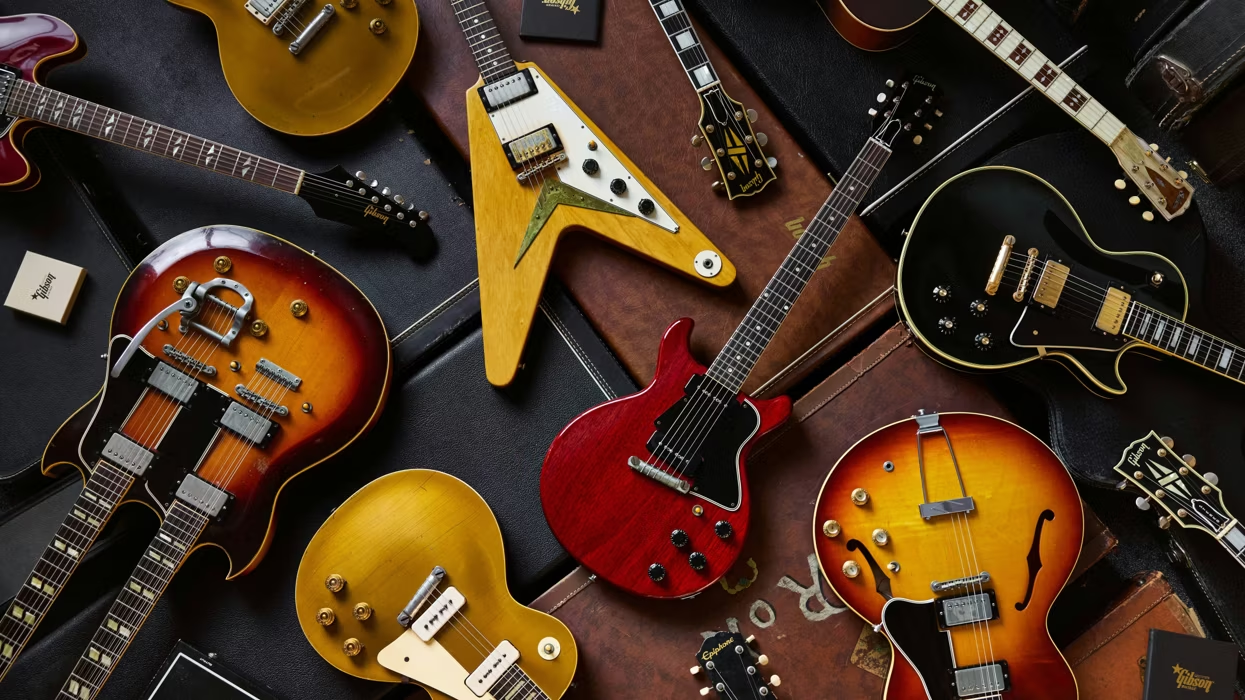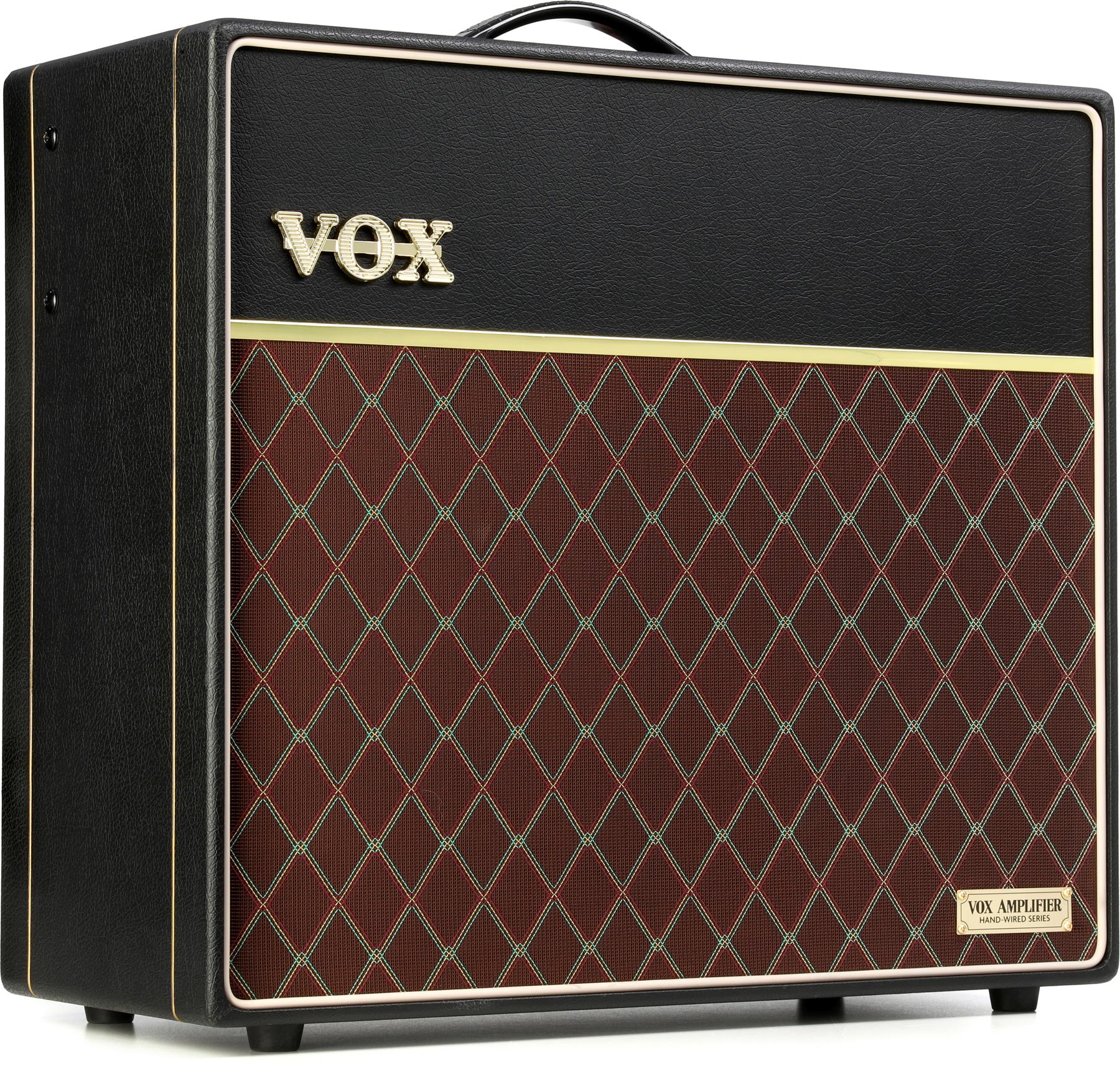Though big hollowbodies like the Gretsch G6120 are beautiful and an essential ingredient in countless classic records, they can be a tricky playing experience for the uninitiated. Navigable fretboard space is limited by solidbody standards. Big bodies can feel bulky. They’re sometimes feedback prone in high-volume situations, too. Consequently, I’ve watched many solidbody-oriented chums who rarely play hollowbodies handle a big Gretsch with the baffled look of a spacefarer deciphering an alien tongue.
This latest affordable, mid-line evolution of Gretsch’s classic 6120, the re-designed Electromatic G5420T, smooths navigation of those intrinsic challenges. A new approach to trestle block bracing and FT-5E Filter’Tron pickups give the guitar a zingy, lively, and surprisingly feedback-resistant resonance. And the ultra-smooth playability makes it relatable for the average solidbody player. Together, the improvements make the G5420 a welcoming and intuitive-feeling vehicle for the less-orthodox modes of guitar expression that big Gretsch’s enable.
New Shoes in Blue
Trestle bracing, as a name and design concept, graced Gretschs beginning in the ’50s. That system utilized a bridge-like pair of laterally oriented braces. Trestle block bracing is different. It situates a slim, light center bock that is shaped like a bridge arch at a 90-degree angle between two straight, lateral braces. In one sense, the construction is akin to a center-block semihollow body. But the Gretsch trestle block has much less mass and a smaller footprint than the center block in, say, a Gibson 335, making the design a great compromise between rigidity, stability, and resonance. The effects, at least to my ears, are audible. And one thing every staffer that touched this guitar agreed upon was that this was the liveliest affordable Gretsch that any of us remembered playing.
The G5420T also feels like a dream underneath the fingers. The 12" radius makes string bends extra easy. Hammer-ons, pull-offs, and, yes, fleet-fingered Chet Atkins picking feel effortless. And in general the playability is so nice you often forget that notes much past the 17th or 18th fret are a pretty uncomfortable reach. The control layout is a familiar take on Gretsch convention. The master volume control on the treble-side horn is always a blast to use for volume swells. And while the bridge volume is situated pretty far aft on the body, it’s easy enough to reach for fine tuning adjustments and corrections to the neck/bridge blend. The Bigsby, meanwhile, is both fluid, smooth, and, in relative terms, pretty tuning-stable if you’re not too aggressive.
You don’t achieve playability and intonation like that on our review model without sweating the details, and the 5420’s neck, nut, fretboard, and frets all feel very much of a piece.
Construction quality is typically very good in Gretsch’s more affordable Streamliner and Electromatic series, and the G5420T does its part to hold up the family reputation. You don’t achieve playability and intonation like that on our review model without sweating the details, and the 5420’s neck, nut, fretboard, and frets all feel very much of a piece. Little details like the binding around the f-holes are also flawlessly executed. One of the only overt signs of the G5420T’s mid-priced status is the polyester-azure-blue finish, which, while dazzling, looks a bit ripply and thick in spots. Even so, in sunlight, it reveals traces of pearlescent turquoise and lake placid blue, depending on the angle from which you view it.
Balance and Brawn
As Gretsch tells it, the new Filter’Trons are designed for stronger bass output and more articulate high end. I don’t know if I would call the low-end exceptionally robust. But 6th-string notes exhibit a concise, classy punchiness that resonates with just-right complexity and gracefully adds balance and ballast to chords. Some players expect low notes on a Gretsch hollowbody to explode with the heft of a grand piano. But the chiming low notes of a Fender Rhodes electric piano are a more apt analogy for the 5420’s present, overtone-rich-but-understated bottom-string output. This same knack for balance translates to awesome, articulate overdrive and fuzz tones (though, needless to say, it is important to mind the feedback when messing with the latter).
High-end output, meanwhile, is beautiful. First- and 2nd-string notes ring presently and in graceful balance with the rest of the strings, lending a kinetic but not-too-hot edge to leads and chords. And anyone with an affinity for vintage rockabilly or late-’60s West Coast psychedelia will love the way these high notes hop, quaver, and sing with a waggle of the Bigsby. For this author, anyway, it’s a visceral, addictive thrill—particularly with a big Fender amp and a heap of spring reverb and slapback echo.
The Verdict
Any player well versed and at ease with the idiosyncrasies of a Gretsch hollowbody will love the way the 5420 sounds and feels. And on the latter count, certainly, the 5420T is the equal of many much more pricey guitars. It’s very easy to imagine an upmarket or vintage Gretsch owner who sweats gigging with an expensive axe taking this guitar out instead and feeling right at home. The pickups are very well balanced, present, and detailed. And the Bigsby is smooth and invites all manner of twitchy or surfy vibrato moves. Most important is how these factors conspire to offer an uncommon playing experience with an upmarket feel. “Riff machine” may be a term that you could apply to many guitars, but the combination of the 5420T’s playabililty and open, detailed, and balanced pickups add up to a deep well of habit-smashing inspiration—all at a very nice price, to boot.




















